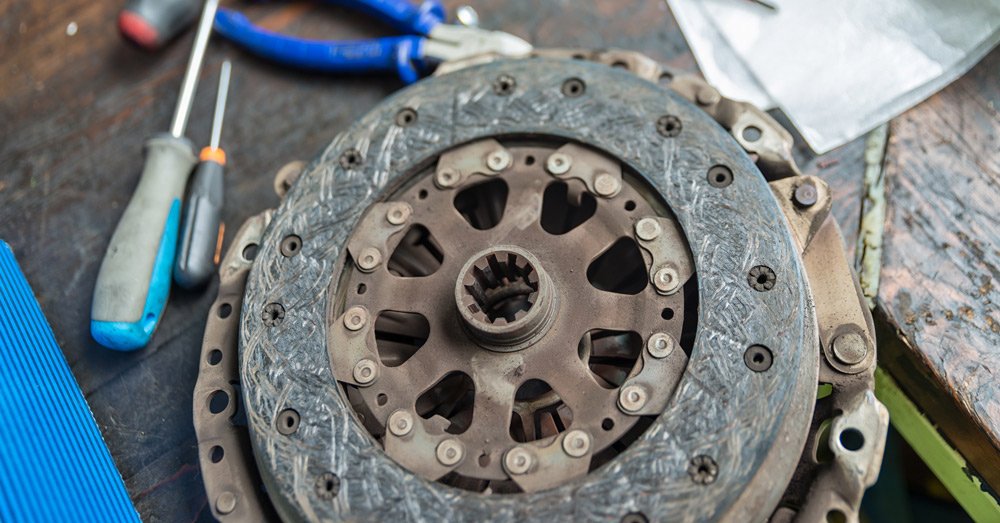How A Clutch Works
Just because there is no clutch pedal in a car with an automatic transmission, doesn’t mean that there isn’t a clutch. Clutches are not just associated with cars, either. If you have a chain saw or a go kart, they have clutches as well; although they work a little differently.
In basic terms, a clutch is something that fits between a pair of rotating shafts; one shaft is the driver and the other shaft is driven. The clutch is the connection between the two. When it is engaged, both shafts turn at the same speed. When the clutch is disengaged, the driver keeps rotating but the driven shaft comes to a standstill. As a clutch works on friction between materials, friction plate manufacturers play a big role in the supply of clutches and clutch components.
A little about friction:
When two objects slide over one another, there is friction; it is unavoidable. There is no such thing as a perfectly smooth surface. Even at the microscopic level, there are tiny peaks and valleys. The bigger they are, the rougher the surface, and the more friction there is.
In many automotive components, the less friction there is, the better. A clutch would not work without friction between the vehicle flywheel, which is located on the rear of the engine, and a clutch plate.
How a clutch works:
The clutch in a car with a manual transmission is actually quite a simple device. It is operated from within the car, when the driver depresses the clutch pedal. The action is caused by a cable or the action of a hydraulic cylinder. While the car is moving along, the clutch is engaged and the pressure plate, which is integral with the flywheel, exerts a force on the driven clutch plate. This is the component that friction plate manufacturers supply.
The driven clutch plate has friction material on both sides; this allows the car to accelerate smoothly while engaging the clutch. The action is controlled though a combination of a fork arm, a throw-out bearing and a diaphragm spring, which is a part of the pressure plate. When the clutch pedal is depressed, the pressure that clamps the driven clutch plate to the engine flywheel is removed. The gears can be changed, or the brakes can be applied and the vehicle brought to a halt while the engine continues to run.
The friction material that is employed by friction plate manufacturers is different based on the power of the engine and the service of the vehicle. A high-powered race car uses a very different clutch plate and clutch assembly compared to the one used in a typical sedan.

